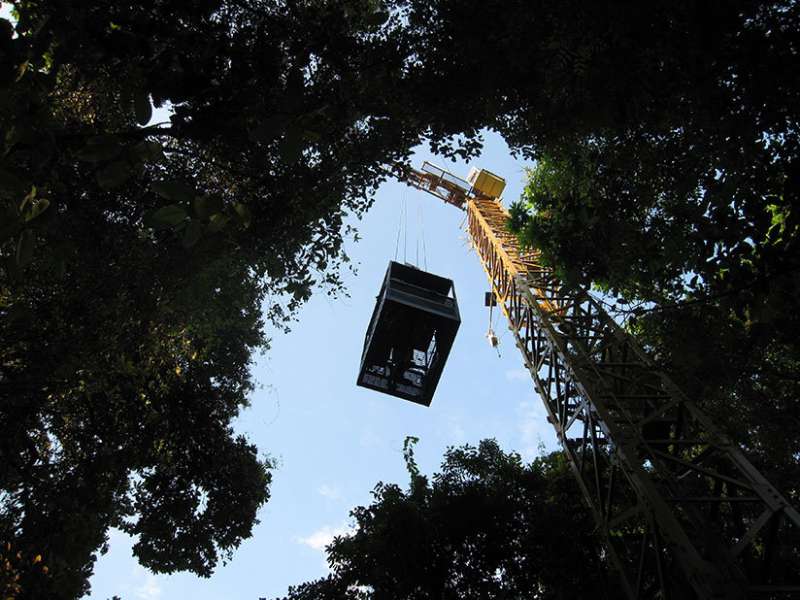Putting the P in photosynthesis of tropical forests

How forests in Panama and elsewhere grow, decline, and recover affects carbon dioxide levels in the atmosphere and human welfare. Scientists are investigating whether computational models of these forests could be improved by considering the amount of phosphorus found in the trees. Phosphorus is a key nutrient that is especially important in tropical forests. The team analyzed upper canopy leaves from 144 trees at two sites in Panama. The sites differed in species composition, rainfall, and soil fertility. They found that phosphorus was a useful predictor of photosynthesis, although improvements over existing models were modest.
Scientists need to accurately predict how forests will respond to a changing atmosphere and climate. This study shows that models that predict photosynthesis are improved by considering phosphorous data, providing a strategy for improving tropical forest models. This research should benefit studies of phosphorus-limited tropical forests.
While tropical forests cover only 7 percent of the Earth's surface, they are vital to understanding the global circulation of carbon dioxide and water. To understand how carbon dioxide cycles through the trees in diverse tropical forests, scientists need accurate computational models. In this study, researchers describe the photosynthetic parameters and leaf-based nutrient concentrations from two tropical forests sites in Panama. Specifically, the team focused on the nutrient phosphorus and its influence on photosynthesis as an important component of tropical forest productivity. To obtain these parameters, they collected gas exchange and nutrient content from upper canopy leaves of 144 trees from at least 65 species. The two sites differed in species composition, rainfall, and soil fertility.
The team found that the relationships between photosynthetic parameters and nutrients were of similar strength for phosphorus as well as nitrogen and robust across site conditions and species. The team found that the photosynthesis models that rely on foliar nitrogen content would be modestly improved with the foliar phosphorus data. However, adding the data may benefit models to predict future conditions in forests where phosphorus is limited, especially when combined with data on soil and other environmental conditions.
More information: Richard J. Norby et al. Informing models through empirical relationships between foliar phosphorus, nitrogen and photosynthesis across diverse woody species in tropical forests of Panama, New Phytologist (2016). DOI: 10.1111/nph.14319
Data posted at dx.doi.org/10.15486/NGT/1255260
Journal information: New Phytologist
Provided by US Department of Energy



















